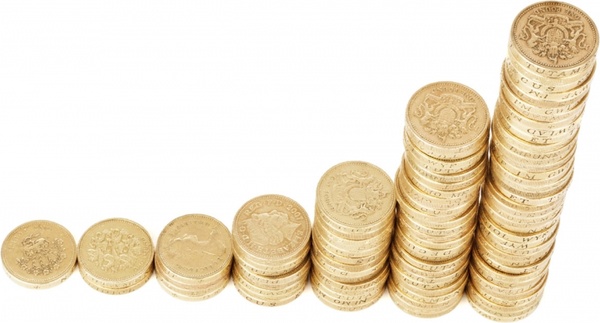
by Lorri | Aug 3, 2016 | UnCorked
We all have wines we consider great values of exceptional quality that we enjoy day after day. Some call them “everyday drinking wines,” others, their “house wine.” I smiled when a friend used, “sip-with-pizza-on-a-Tuesday-night wines.” But I must say my favorite is, “Soldiers protecting the rare bottles in my cellar to not be carelessly consumed.” All consumers have a price point tailored to their budgets for these wines, but I’ve found for most, $15 is ideal.
I enjoy exploring wines in this category, and I’m rarely disappointed. But I always keep a few tips in mind.
- Don’t judge just by price. Ask for recommendations from reliable sources and let your tastes guide you. Don’t choose wines simply because the price tag looks like a bargain. If it’s not a varietal you like, the lower price isn’t going to make it taste better. A reputable wine retailer will mark down wines at clearance prices to pass the discount on to the customer, not because they are outdated and need to be sold.
- Buy the most recent vintage. A 2008 rose wine was intended to be enjoyed fresh or up to a about year old, so finding it at $8 in the mark-down bin is no bargain. Most value wines are generally not intended to age, and actually lose freshness as they age.
- All wine, regardless of price, should offer balance reflecting the elements from which it is made. For a white wine it may simply be its taste and the balance of acidity that assures freshness. For reds it may be the balance of tannin; too much leaves your mouth dry and exhausted; too little is much like drinking Kool-Aid.
THE VALUES UNDER $15
- 2015 Simple Life Pinot Noir, California
- 2014 Sean Minor Sauvignon Blanc, California
- 2015 Picpoul de Pinet, France
- 2014 HandCraft Pinot Grigio, California
- 2015 Tercos Torrontes, Argentina
- 2014 Vinum Cellars Chenin Blanc, California
- 2014 Castillo de Monseran Garnacha, Spain
- 2014 Black Ink Red Wine, California
- 2013 Sawbuck Cabernet Sauvignon, California
- 2015 Ecco Domani, Italy
- 2015 McNab Rose, California
- 2015 Oyster Bay Sauvignon Blanc, New Zealand
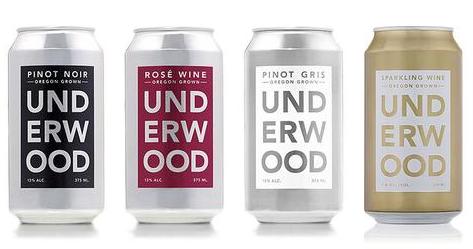
by Lorri | Jul 27, 2016 | UnCorked
Wine in a can is slowly but surely making its way onto retail shelves. Canned pinot grigio and chardonnay are showing up in coolers alongside beer. This trend, which is making wine more approachable, convenient and inexpensive, is often referred to as the “beerification” of wine.
Experiments with wine packaging have generally been met with resistance from purists; consider screw tops, boxed wines and wine on tap. And the can is no different. How will the can affect the taste of the wine? And what about wine serving etiquette? Will the “woosh” of a can opening have the same romantic appeal as the pop of a cork?
But there’s one time when the can may reign supreme.
Most consumers are aware of the adversity when it comes to wine and outdoor adventure. Glass is prohibited in many locations but, even where it is allowed, wine drinkers are still faced with the challenges of lugging the bottle in their gear and remembering to pack a corkscrew — not to mention the difficulty of packing fragile glassware and dealing with an opened or empty bottle.
Canned wine avoids almost all of these obstacles. The cans are lightweight, won’t break into dangerous shards and require no special openers.
One of the main concerns with consumers is whether wine tastes different in cans. Will canned wine have a metallic taste?
In the wine I tried straight from the can, I could not detect any metallic or unclean taste. Because it was served very well-chilled in the can it wasn’t unpleasant, but could be best described as one-dimensional. When I tried it poured into a plastic cup it was much more fruity and in a wine glass it was very similar to any wine at this price point. The only issue with the can to glass transfer is it seems to defeat the purpose of having a travel-friendly option.
The other problem is can size.
A typical bottle of wine is 750 mL, considered to be about 5 glasses.
Cans are available in 500 mL (3.34 glasses); 375 mL (2.5 glasses); and 250 mL (1.67 glasses). With these ranging sizes consumers should keep in mind that one can contains more than one glass of wine, so be careful not to overdrink.
A potential con for consumers is that once the can is opened, it can’t be resealed. So be prepared to drink it all or pour it out. But, overall, if you need a grab and go wine for outdoor places, the cans are a great alternative.
THE VALUES
- 2014 Underwood Pinot Grigio, Oregon (about $7 retail for a 375 mL can)
- 2014 Underwood Rose, Oregon (about $7 retail for a 375 mL can)

by Lorri | Jul 20, 2016 | UnCorked
If you’ve had sauvignon blanc from New Zealand, California or Chile and then tried a bottle from France’s Sancerre region, it quickly becomes clear that not all sauvignon blanc grapes are created equal. When I say “equal,” I don’t mean quality (that’s dependent on the producer), but style. All of these regions produce exceptional styles of this grape, but there is just something exceptionally appealing about the elegant, flinty style of Sancerre’s grapes.
Sancerre is a wine but also a place on the eastern end of the Loire Valley of France. The valley starts in the west at the Atlantic Ocean and extends east through Anjou, Saumur and Touraine, reaching the heart of central France.
As with all terroir-driven wines, the Loire Valley region showcases ideal conditions for growing sauvignon blanc, with its unique soils and semi-continental climate. This region’s soil is very specific. The area comprises three subtypes of soil, evoking distinct characteristics in the wine’s flavors. The Silex or flinty soil gives wine a gunflint, smoke and mineral component. Kimmeridgian marl (a chalky clay soil) offers distinct fruit and higher acidity, while Oxforidan limestone (larger pieces of gravel) provide the wines’ delicate and perfumed aromas.
Compared to other sauvignon blancs, I consider Sancerre one of elegance with its restrained style. The grape is known for its racing acidity, but in Sancerre styles you’ll find refreshing aromas and tastes of fresh herbs, grapefruit, lime peel and pear, to name a few.
Sancerre wines fall into our Splurge category. For Value ($15 or less) options that are similar, consider these less famous regions just west of Sancerre — Menetou-Salon, Reuilly and Quincy.
- 2014 Signature de Loire Sancerre, France (about $19 retail)
- 2014 Sauvion Sancerre, France (about $34 retail)
- 2014 Domaine Serge Laporte Sancerre, France (about $27 retail)
- 2014 Chateau de Sancerre, France (about $27 retail)
- 2014 Pascal Jolivet Sancerre, France (about $29 retail)
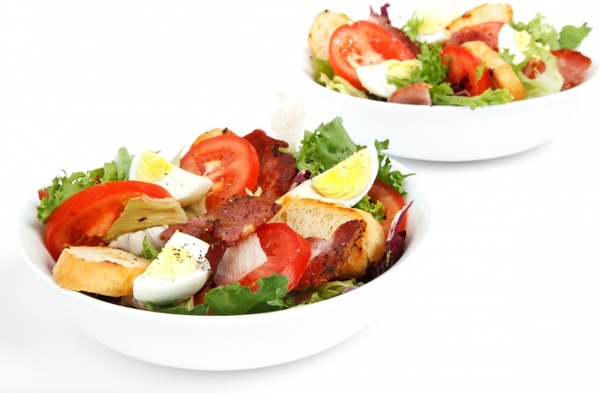
by Lorri | Jul 13, 2016 | UnCorked
Gone are the days when the mere mention of having salad for dinner conjures up images of sad assorted greens and a few misplaced carrots and tomatoes. Today’s summer salads are not just for those looking for a healthful option, but those wanting delicious too.
Of course there are numerous options for the salad greens — Boston, bibb, arugula, romaine, spinach, iceberg, kale and that is only a fraction of the list.
As with all wine and food pairings, it’s about the dominant flavors, the add-ins, that determine the best wine match. Diced pears, for example, introduce sweetness and go well with Riesling or chenin blanc. Fresh herbs will match with wines having herbal notes, such as sauvignon blanc. If the salad includes red berries Beaujolais is ideal, while toasted nuts complement a toasty oaked wine.
But some ingredients — tomatoes and vinaigrette — complicate matters. Fresh tomatoes tend to have high amounts of acid, which can clash with many wines. An easy tip to remember is to stay with a high-acid wine like a sauvignon blanc.
Vinegar and wine, though related, are not friends. Whenever possible, use fresh citrus juice such as lemon or lime instead of vinegar.
These are a few tried and true entree and wine pairings.
- Caesar salad (with or without chicken): chenin blanc
- Cobb salad: chardonnay
- Greek salad: dry, white Bordeaux
- Nicoise salad: dry rose
- Taco salad: gewurztraminer
- Caprese salad: sauvignon blanc
- Grilled steak salad: light-bodied pinot noir
- Curried quinoa salad: dry Riesling
- Salad with Asian flavors: pinot grigio
If you’re looking for a pairing that is virtually guaranteed not to disappoint, a dry rose goes well with any salad.
THE VALUES
- 2014 Crios Malbec Rose, Argentina (about $8 retail)
- 2014 Montes Cherub Rose, Chile (about $14 retail)
THE SPLURGES
- 2014 Presqu’ile Winery Rose, California (about $23 retail)
- 2014 Hogwash Rose, California (about $17 retail)
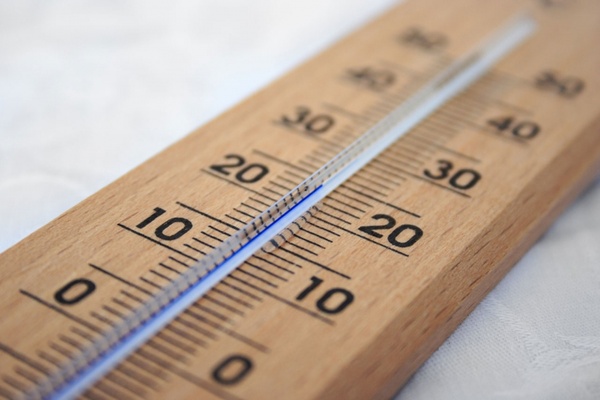
by Lorri | Jul 6, 2016 | UnCorked
We all know the rule or have at least heard it time and time again: Serve red wines at room temperature.
But some rules are meant to be broken or simply redefined.
Historically this rule originated from wines being stored in damp, cool cellars in European countries long before the advent of central heat and air.
These cellars, while they were not climate controlled, were typically between 60 to 65 degrees. Except for those with cellars, it’s very unlikely an average American home has a constant temperature this time of year in that range. We also are in situations where we buy a red wine in a retail store, get home for dinner and immediately uncork the bottle and consume a warm red wine.
Of course, I am not recommending throwing a vintage Bordeaux in the freezer for a couple of hours or dropping in a few ice cubes when serving. But 72 to 78 degrees — the “room temperature” range of many homes in the summer months — is far too warm for serving wine. I like to use the word “cool” when describing how red wines should be served. Too many of us are drinking red wines too warm.
If you are privy to a cellar or wine cooler, you most likely have no worry in the correct cool temperature of your red wines. But for the rest of us, here are a few pointers about how to get red wines from the average temperature of 70 to 75 degrees (or hotter) in most homes to a cool, ideal range of 65 to 68 degrees.
- A quick bath: Fill a wine bucket with ice and water. Add a pinch of salt. Put your bottle in the bucket for about 3 to 5 minutes, any longer and the wine may chill too much. Be aware this method may damage the wine label if left in the bucket too long.
- Pop it in the refrigerator: One of the easiest methods is to simply put the wine in the refrigerator for about 30 to 45 minutes. If you are looking for a slight cool-down, just set in for about 10 to 15 minutes.
- Let your central air conditioning do double duty: Place the wine on its side over a floor air vent for several hours. This method may take a bit longer than other methods but is an easy cooling technique. (During summer months, storing your everyday drinking wines near air vents will help keep the bottles cool.)
These are a couple of red wines easily enjoyed cool and refreshing.
THE VALUE
- 2014 Concannon Pinot Noir, California (about $12 retail)
THE SPLURGE
- 2014 Louis Jadot Beaujolais, France (about $18 retail)
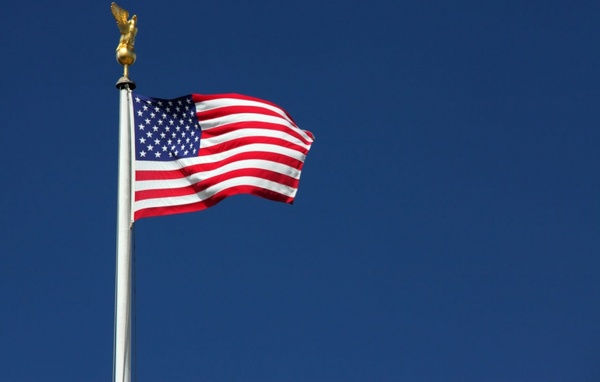
by Lorri | Jun 29, 2016 | UnCorked
I’m always looking for unique ideas when it comes to entertaining and July Fourth is one of my favorite holidays for getting together with family and friends. Of course, anyone coming to any of my soirees will find wine on the menu, but this year I thought refreshing and patriotic wine cocktails would make a fun addition to the festivities.
The wine cocktail is not a new concept, as the classic Mimosa — a mixture of Champagne and orange juice — has been a brunch staple for decades.
But because of the celebratory mood of the holiday my guests will be offered a cool, zesty wine cocktail in choices of red, white and blue.
Here are a few tips:
- To make serving easier, have drinks mixed, chilled and ready to serve when guests arrive.
- Remember, when making a wine cocktail the wine will be mixed with other ingredients, so you will be modifying the wine’s distinctive flavors. With that in mind, I suggest using good quality but inexpensive wines.
- And for the final touch, staying with the Independence Day theme, use patriotic cocktail sticks such as flags, stars or simply red, white or blue cocktail stirrers to hold the garnishes.
THE RED COCKTAIL
- Blackberry and Cabernet Caipirinha: In a pitcher muddle 12 (of 24) blackberries with 4 ounces simple syrup. Add 12 ounces cachaca (Brazilian sugar cane spirit), 4 ounces cabernet sauvignon, 8 ounces orange juice and 2 ounces lime juice. Mix well. Refrigerate 1 hour. Stir well and strain into six ice-filled white-wine glasses. Garnish each glass with 2 blackberries, an orange wheel and lime wheel.
THE VALUE
- 2014 Concannon Cabernet Sauvignon, California (about $12 retail)
THE WHITE COCKTAIL
- White Wine Mojito: Tear 30 fresh mint leaves into small pieces, muddle in the bottom of a large pitcher. Add 1 (750-mL) bottle dry white wine, 10 ounces sparkling lemonade and juice of l lime, stirring gently. Pour into highball glasses that have been prepared with 2 to 3 mint leaves on the bottom and filled halfway with ice. Garnish with a lime twist.
THE VALUE
- 2014 Handcraft Pinot Grigio, California (about $9 retail)
THE BLUE COCKTAIL
- Pacific Blue Sangria: In a large pitcher, combine 1 (750-mL) bottle dry white wine, 4 ounces blue curacao, 4 ounces fresh lemon juice, 4 ounces simple syrup, 2 oranges cut into wheels, 8 ounces pineapple chunks and stir well. Cover and refrigerate at least 4 hours. Serve over ice and top with lemon-lime soda and garnish with an orange wheel or pineapple wedge.
THE VALUE
- 2014 Belle Ambiance Chardonnay, California (about $9 retail)





